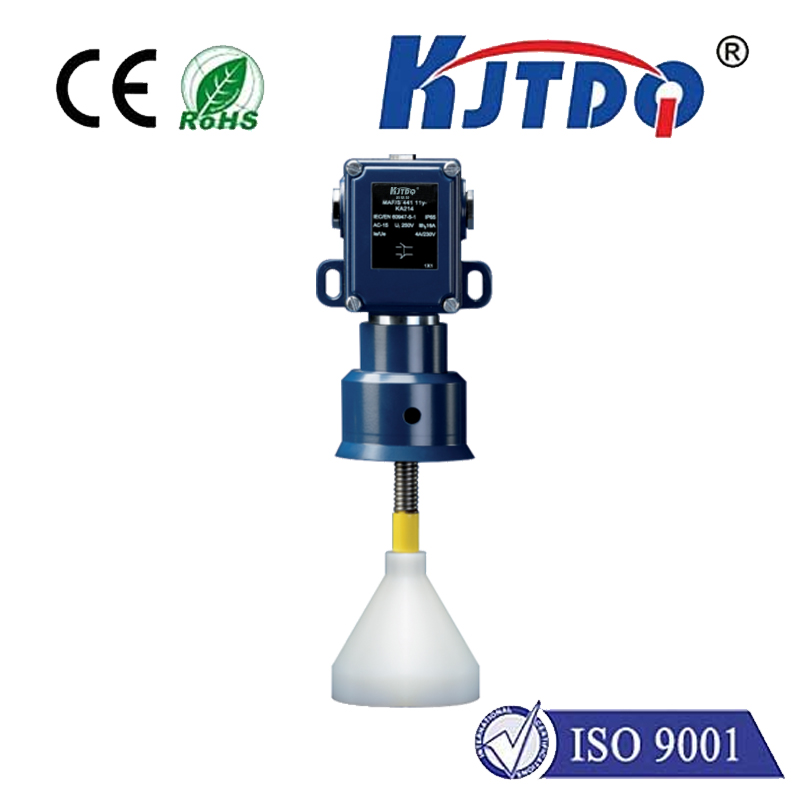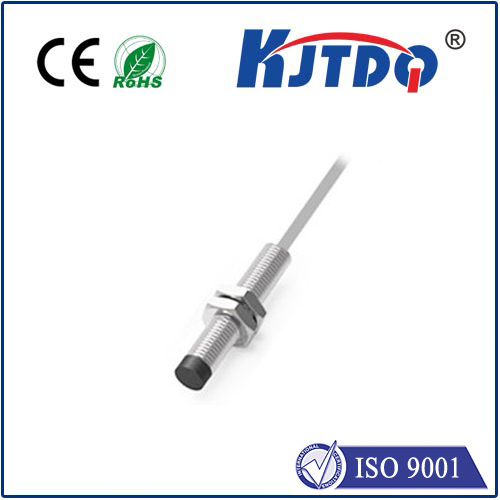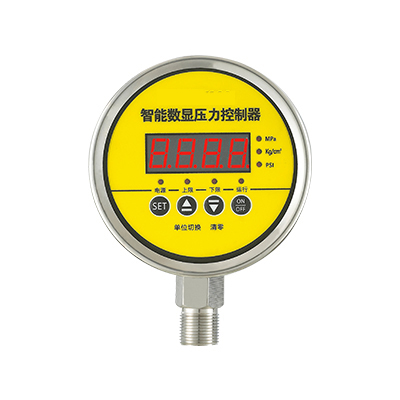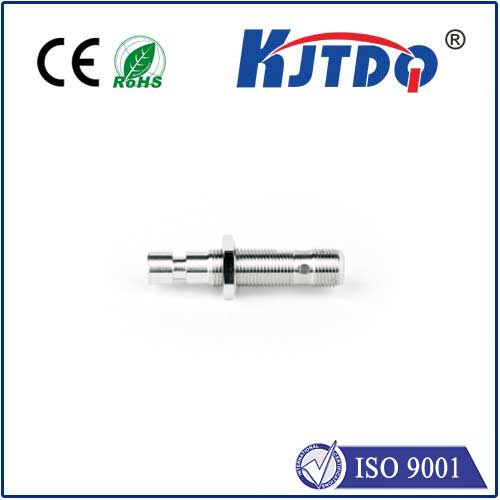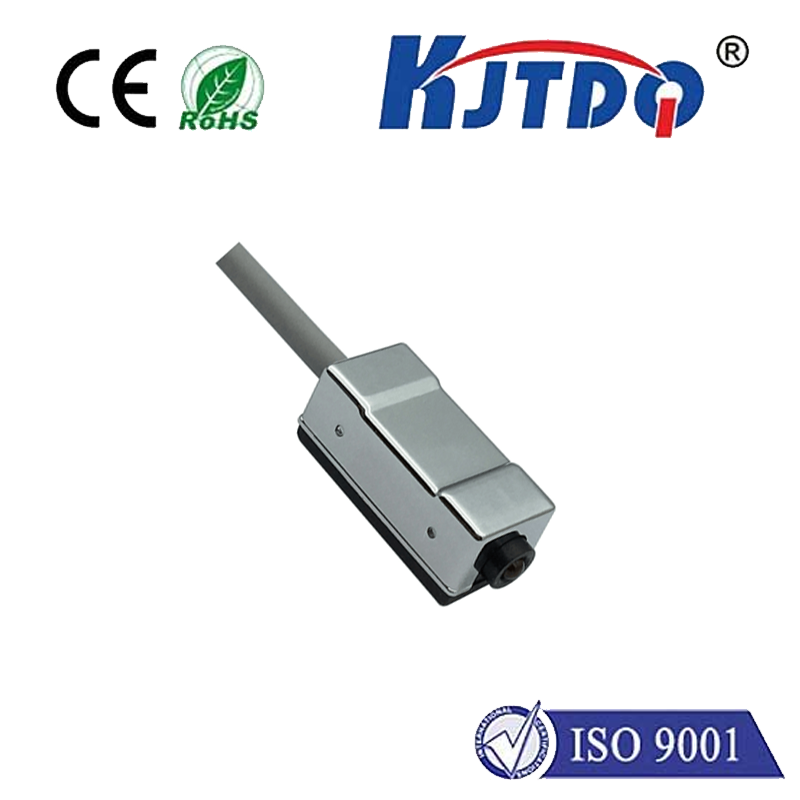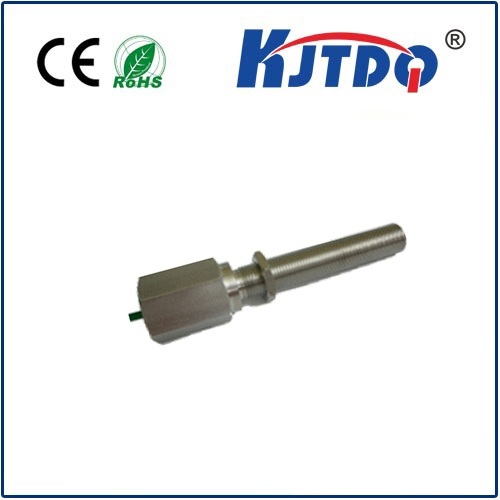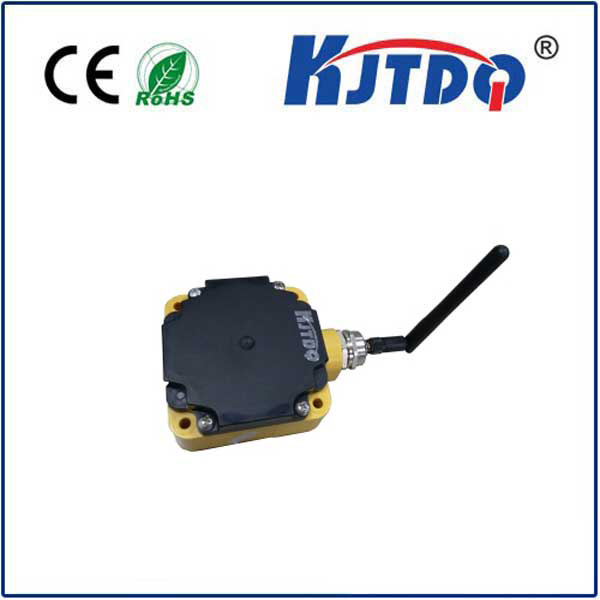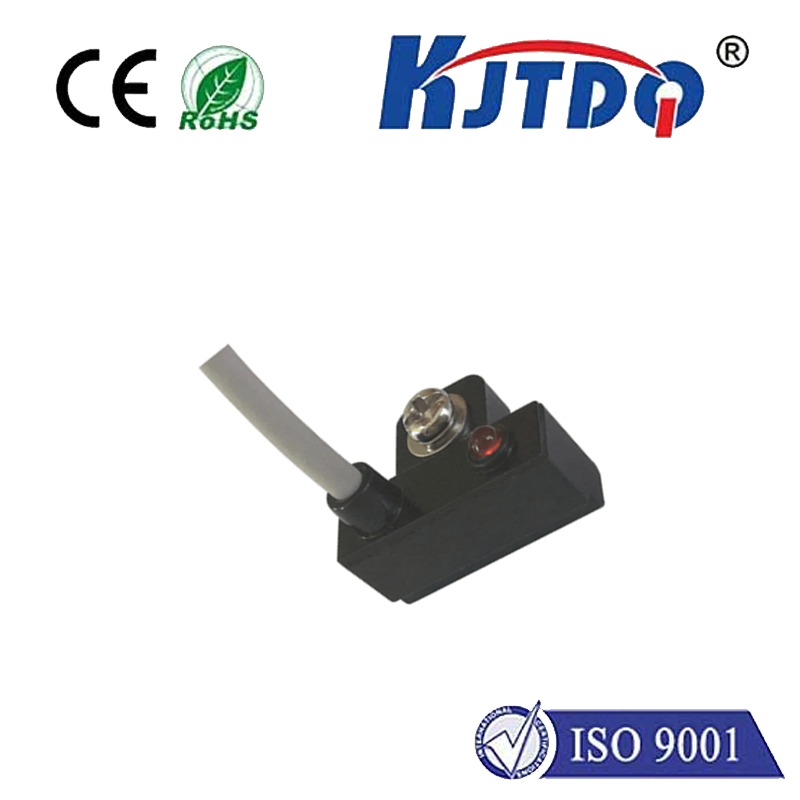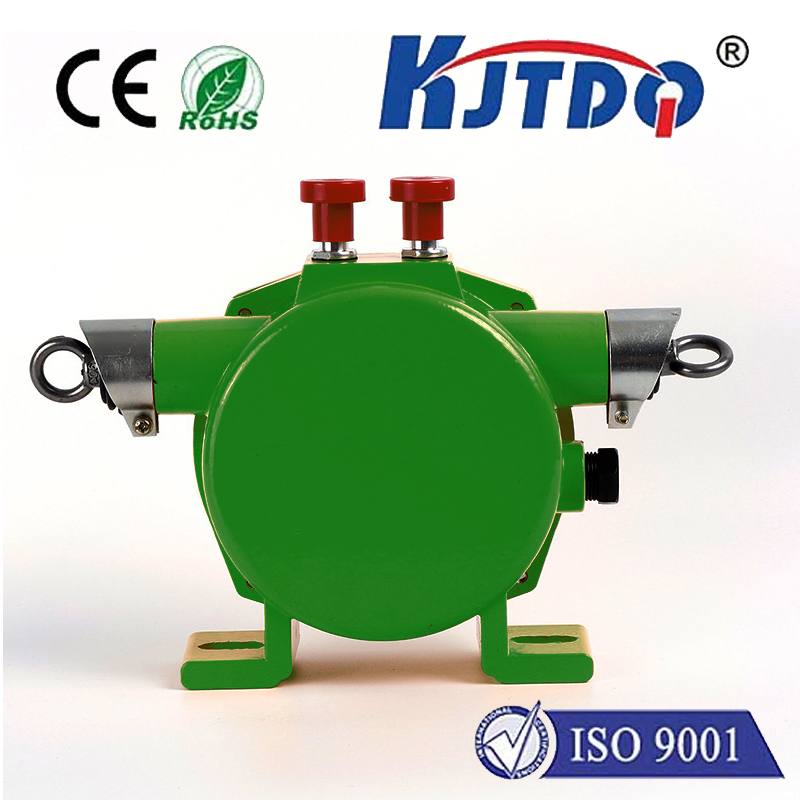ip temperature sensor
- time:2025-08-25 00:49:02
- Click:0
IP Temperature Sensors: Unlocking Remote Monitoring for a Connected World
Imagine being able to know the precise temperature of a critical server rack on the other side of the globe, monitor vaccine storage conditions in a remote clinic, or oversee environmental conditions across multiple factories without physically being present. This isn’t science fiction; it’s the practical reality enabled by IP Temperature Sensors. These intelligent devices are transforming how we measure, track, and respond to temperature data across countless industries.
What Exactly is an IP Temperature Sensor?
At its core, an IP temperature sensor is a sophisticated evolution of the traditional temperature probe or sensor. The key differentiator lies in the “IP” – Internet Protocol. These sensors integrate:
- A precision temperature sensing element (like an RTD, Thermistor, or Thermocouple).
- Microprocessor circuitry for signal conditioning and processing.
- An integrated network interface (Ethernet RJ45 or Wi-Fi).
- Embedded software enabling communication via standard network protocols like TCP/IP, UDP, HTTP, or MQTT.
Essentially, they translate the physical phenomenon of temperature into digital data and make that data readily available over standard IP networks. This transforms a simple sensor into a node on your local network or even the wider internet.

How IP Temperature Sensors Work: Beyond the Basics
The workflow of an IP temperature sensor is elegantly straightforward:
- Sensing: The internal sensor element (e.g., probe) measures the ambient temperature or the temperature of a connected probe placed on/in an object.
- Conversion & Processing: The analog signal from the sensor is converted to a digital value. Internal software often performs calibration, linearization, and filtering for accuracy.
- Network Communication: The digital temperature reading is packaged into a data packet using standard IP protocols. This packet is then transmitted over Ethernet or Wi-Fi.
- Data Accessibility: The temperature data arrives at a specified destination, such as:
- A dedicated monitoring software platform or Building Management System (BMS).
- A local server or network-attached storage (NAS) for data logging.
- A cloud-based IoT platform for remote monitoring and analytics.
- Directly accessible via a web browser using the sensor’s built-in web server (common feature).
- An email or SMS alert system if configured thresholds are breached.
The Core Advantages: Why Go IP?
The shift towards IP temperature sensors is driven by compelling benefits over traditional wired or isolated solutions:
- Simplified Installation & Scalability: Utilize existing network infrastructure (LAN, WLAN, Internet). Run a single network cable (Power over Ethernet - PoE versions eliminate even the need for separate power cables!) or connect wirelessly. Adding more sensors is as easy as plugging them into the network switch. This drastically reduces installation time and cost compared to running dedicated sensor lines back to a central controller.
- True Remote Monitoring & Accessibility: The most significant advantage. Access real-time and historical temperature data from anywhere with an internet connection. Monitor facilities across the city or across continents via a web browser, smartphone app, or central software. This is invaluable for overseeing unmanned sites, multiple locations, or assets in transit.
- Centralized Data Management & Integration: Consolidate temperature data from numerous IP sensors across different locations onto a single, unified platform. Simplify reporting, analysis, and auditing. Easily integrate temperature readings into broader industrial automation systems, SCADA, or IoT ecosystems using standard protocols.
- Enhanced Alarm & Notification Capabilities: Set precise high/low temperature thresholds. Receive instant alerts via email, SMS, SNMP traps, or within the monitoring platform the moment conditions deviate from the safe range. Enables rapid response to potential problems like equipment overheating or cold chain breaches. Proactive intervention prevents costly downtime or spoilage.
- Robust Data Logging & Historical Analysis: Most IP temperature sensors feature built-in data logging, storing readings locally or transmitting them to a central database. This creates a verifiable, time-stamped history crucial for compliance (HACCP, FDA, GxP, etc.), troubleshooting, trend analysis, and optimizing processes. Identify patterns or inefficiencies over time.
Where IP Temperature Sensors Shine: Key Applications
The versatility of IoT temperature sensors makes them indispensable across diverse sectors:
- IT & Data Centers: Continuously monitor server racks, cooling units, and environmental zones to prevent overheating, optimize cooling efficiency (reducing energy costs), and protect critical IT infrastructure.
- Pharmaceuticals & Healthcare: Ensure strict adherence to temperature ranges for vaccine storage, blood banks, laboratories, pharmacies, and clinical trials. Vital for regulatory compliance (GMP, GLP, GDP) and patient safety. Remote monitoring provides peace of mind 24⁄7.
- Food & Beverage Industry: Safeguard refrigerators, freezers, cold rooms, and during transportation (cold chain logistics). Monitor cooking, holding, and storage temperatures to ensure food safety (HACCP compliance), prevent spoilage, and maintain quality.
- Industrial Process Control & Manufacturing: Monitor temperatures within machinery, ovens, reactors, cleanrooms, and production lines to ensure optimal process conditions, product quality, and equipment health. Enables predictive maintenance.
- HVAC & Building Management: Provide precise temperature inputs for climate control systems across large facilities (offices, hospitals, warehouses, museums). Contribute to energy efficiency and occupant comfort.
- Agriculture & Environmental Monitoring: Track conditions in greenhouses, storage facilities, research stations, and outdoor environments. Supports precision farming and environmental studies.
- Museums & Archives: Protect sensitive artifacts, documents, and artwork by meticulously monitoring environmental conditions.
Key Considerations When Implementing IP Sensors
Choosing and deploying the right IP temperature sensor involves a few critical factors:
- Accuracy & Range: Select a sensor with specifications matching your application’s required temperature range and precision.
- Probe Type & Placement: Determine if an internal ambient sensor suffices or if an external probe (requiring flexibility, length, and material suitability) is needed for immersion, surface mounting, or air monitoring.
- Environmental Ratings (IP Rating): Consider the operating environment. Sensors in harsh conditions (dust, moisture, extreme temperatures) require appropriate Ingress Protection (IP) ratings.
- Network Connectivity: Ethernet (wired, reliable, potentially PoE for simplified power) vs. Wi-Fi (wireless convenience, consider signal strength/security). Ensure robust network infrastructure.
- Power: PoE offers significant installation advantages; otherwise, check voltage requirements and power supply options.
- Protocols & Software Compatibility: Verify the sensor supports protocols compatible with your existing management systems (Modbus TCP, SNMP, MQTT, HTTP API) and/or comes with suitable monitoring software. Data security features are also crucial.
- Calibration & Compliance: Understand the calibration requirements and documentation needed (e.g., ISO 17025 accredited certificates) if used for regulatory purposes.
IP temperature sensors are far more than just digital thermometers. They represent a fundamental shift towards intelligent, connected monitoring. By providing seamless access to critical temperature data anytime, anywhere, they empower businesses to enhance operational efficiency, ensure safety and compliance, reduce costs, and protect valuable assets. As networks become more ubiquitous and IoT adoption accelerates, the IP temperature sensor stands as a cornerstone technology for building smarter, more responsive environments across virtually every industry.






